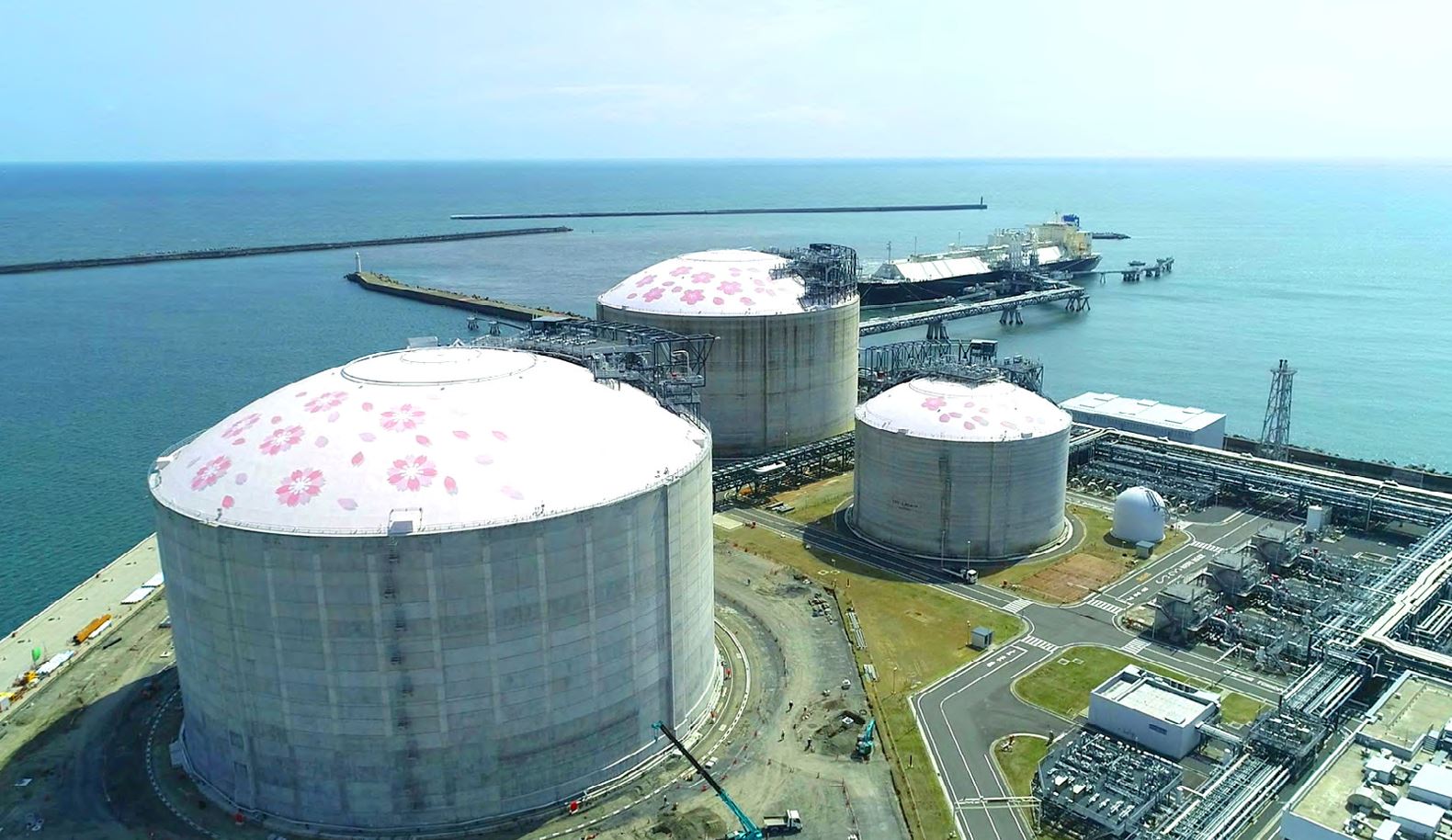Japan’s Marubeni and Tokyo Gas have joined forces with PetroVietnam Power and Colavi to establish Quang Ninh LNG Power as part of their plans to build an LNG-to-power project in Vietnam’s Quang Ninh province.
The move follows an investor registration certificate received from the Vietnamese government on July 11, 2022, according to a statement by trading and investment house, Marubeni.
QNLP would conduct a feasibility study for the LNG-to-power project in Cam Pha, Quang Ninh province.
It includes constructing, owning, and operating a combined cycle gas-fired power plant with a 1,500 MW generation capacity, which would be the largest of its kind in Vietnam, Marubeni claims.
Also, the project includes an onshore LNG receiving, storage, and regasification facility for the Vietnam Electricity Group.
Marubeni did not provide any additional information regarding the LNG terminal.
Previous reports suggest the facility could have a capacity of about 2.4 mtpa while the overall LNG-to-power project revealed in 2020 could be worth around $2 billion. The project could go online in 2027.
“QNLP will assess its economic and technical feasibility, and then aim to bring the business to full operation after shareholders make a final investment decision,” Marubeni said.

Vietnam LNG imports
Vietnam has still not started importing LNG. However, the country should start receiving LNG next year in order to meet its growing power demand.
Earlier this year, PetroVietnam Gas, a unit of state-owned PetroVietnam, said it still expected to launch its new Thi Vai LNG import terminal, the country’s first such facility, in the fourth quarter of this year.
However, the company now expects the facility to go online in the first half of 2023, according to an update issued in October.
Currently, the LNG import facility is more than 97 percent complete, including one LNG tank, a jetty, and regas area, PV Gas said.
The terminal will have a capacity of 1 mtpa in its first phase but the company plans to boost the capacity to 3 mtpa in the next stage.
South Korea’s Samsung C&T is building the Thi Vai LNG terminal. It also won an order from PetroVietnam Power, a unit of PetroVietnam, to build a new power plant that will get regasified LNG from this import facility.
The Nhon Trach 3 and 4 plants will have a total capacity of some 1,500 MW.
Besides these projects, there are plans for several other LNG-to-power developments to meet the growing demand in the country.

